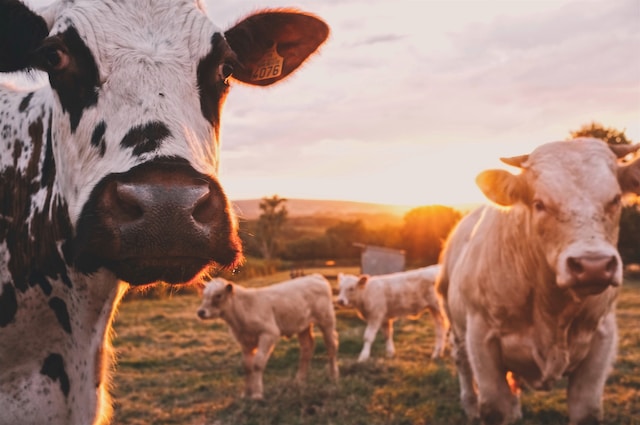Holstein cattle are possibly the most common breed of dairy cattle found globally. Originating in the Netherlands, the first Holsteins arrived in North America in the early 1800s and gained popularity due to their high milk yields. Holstein cows now account for over 90% of the dairy cattle population in the United States, and they produce milk that accounts for almost 85% of all milk consumed in North America. In this blog post, we will go over the history, characteristics, and advantages of Holstein cattle as well as some challenges that come with raising them.
The history of Holstein cattle can be traced back to the Holland breed that lived in the Netherlands. In the 1700s and 1800s, these cattle were selectively bred for their milk productivity. As a result, the Holstein breed was created, with the first Holsteins arriving in the United States in the 1830s. It was soon apparent that Holsteins were great for milk production, producing up to 22,000 pounds of milk per year, which is about 10 times more than that of Jersey cows.
A Holstein cow can easily be identified by its black and white patterned coat. These cows come in the two main colors of black and white, with the black color covering the majority of their body. The combination of these two colors is what gives them their distinctive appearance, making them easily recognizable and a favorite among farmers. These characteristics, coupled with their high milk production, make Holsteins the go-to breed of dairy cows in North America.
Holsteins are not only popular for their milk production but also have a docile temperament and adapt well to various environments. They are known for their calm and easy-going nature, which makes them ideal for milking. Holsteins are also very family-oriented, and they love to bond and play with their calves. These characteristics make them great for family farms.
Although Holsteins have a lot of advantages, breeding and raising them also come with some challenges. One of the primary challenges is their high milk production, which can lead to metabolic disorders, such as ketosis. Additionally, Holsteins have a high feed requirement, which can pose a financial challenge for farmers. While they may produce more milk than other breeds, it still requires a considerable amount of investment to raise and breed Holsteins effectively.
Holstein cattle have played a significant role in the dairy industry for over a century. Their easy-going nature, distinctive black and white pattern, and high milk production have made them a favorite among farmers worldwide. Although they have their fair share of challenges, it is evident why they are the go-to breed for milk production. So, the next time you enjoy a glass of milk or a slice of cheese, remember that it likely came from a Holstein cow- the dairy cow that rules them all.




